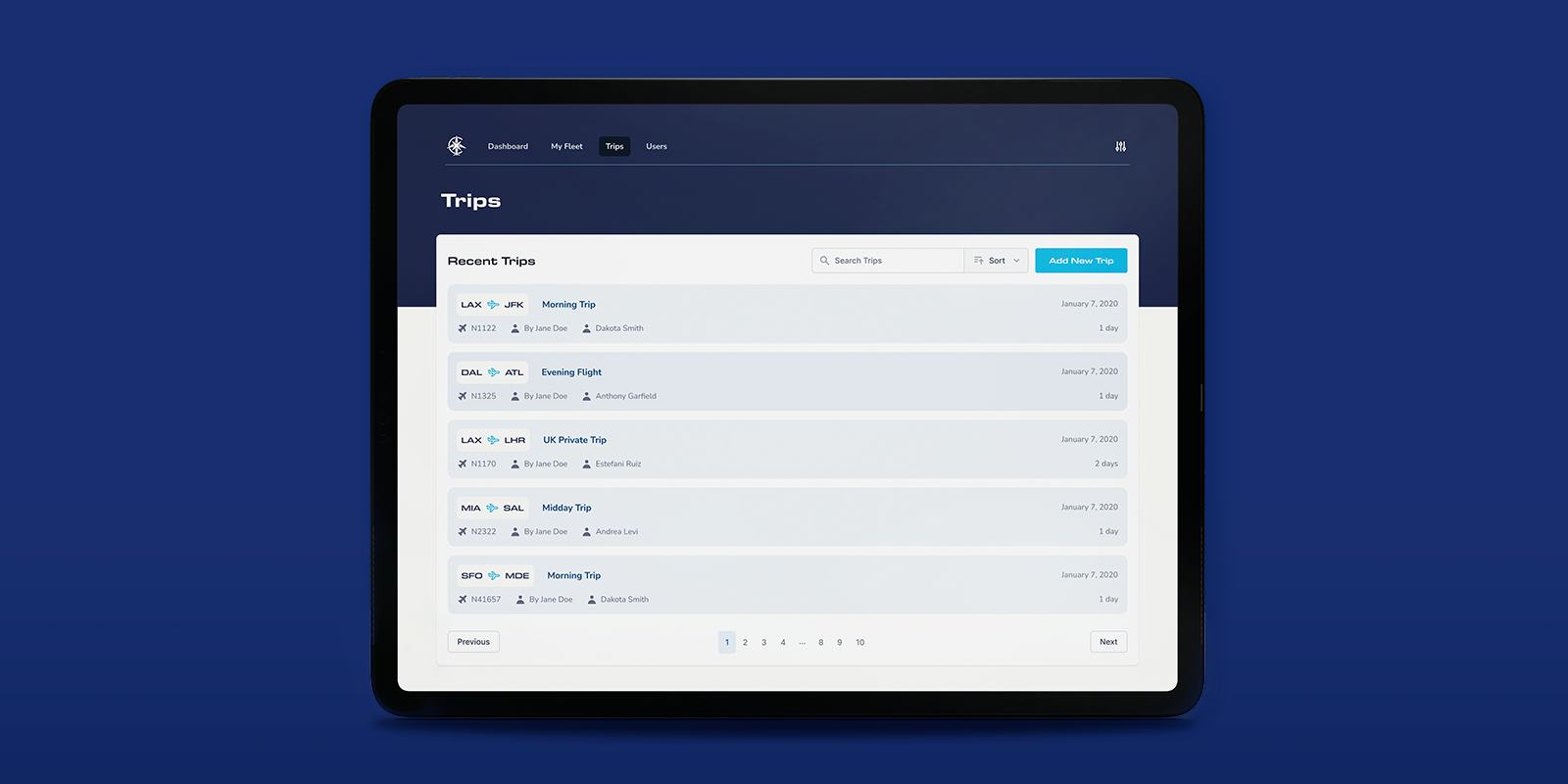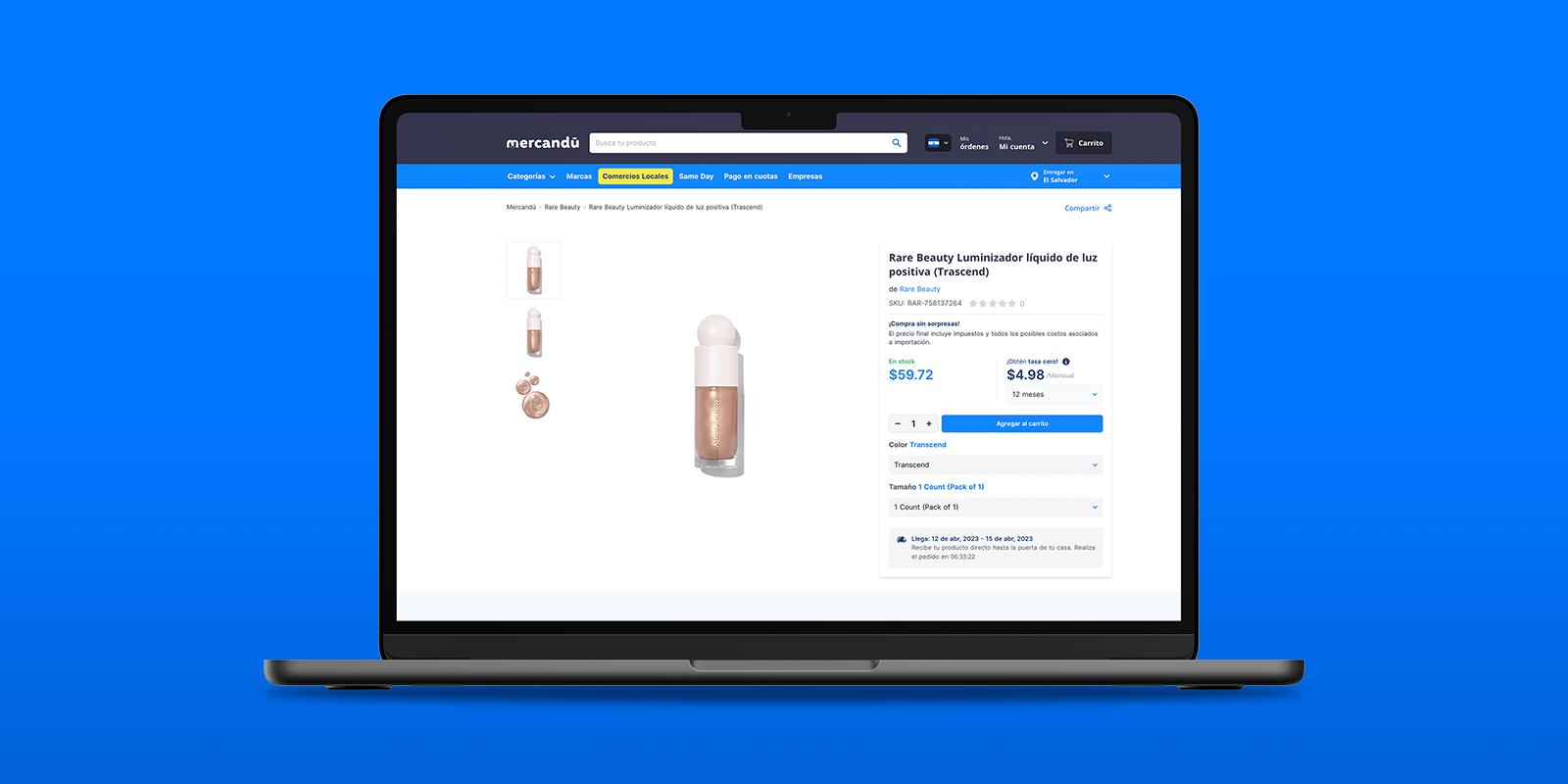Anyone can relate to the stressful feeling of finding yourself stuck in a decision-making process when presented with a zillion of options to choose from — each one with its own set of appealing properties, like when you want to pick something to watch in your leisure time and browse your streaming media only to get frustrated because of its ending possibilities?
This common situation is known as Analysis Paralysis. The technical definition states — Analysis Paralysis refers to a situation in which an individual overanalyzes or overthinks a decision to the point where no decision is taken or it gets delayed more than needed. This situation is a usual occurrence in e-commerces, for example.
Even though a large display of items can seem appealing to the shoppers’ eyes, it won’t be very valuable if they don’t make a purchasing decision. A well-known experiment displayed 24 different flavors of jam that gradually, as days passed, turned into a display of 6 flavors. This returned the following data:
30% of visitors to the 6-jar display ended up making a purchase, while only 3% of the larger 24-jar display made a purchase.
When presented with too many options, decision fatigue sets in and the quality of the final decision deteriorates or it doesn’t get taken. The human mind is unable to process a large amount of information at once.
As UX designers, a clear understanding of the user’s psychology is important for delivering a product that is appealing to the customer’s eye but that also, encourages them to take on a decision to purchase.
Let's take a look at a few ways UX design can help users avoid analysis paralysis:
Miller's Law
Miller suggests that “there is a clear and definite limit to the accuracy with which we can absolutely identify things”.
This law states that the number of objects an average person can hold in working memory is about seven (plus or minus two). So, 5 to 9 are considered an ideal number of items that you can store in your memory at once.

The Categorization technique
Organizing options by their properties in categories can help users intuitively sort their thoughts.
By doing this, users can more easily see patterns and connections, and help them identify which options are most relevant to their needs, or which can save them time and effort.

Limiting Calls-to-Action (CTAs)
When there are too many calls to action (CTAs) in one section of a website, it can be overwhelming for the user to choose where to click. This can result in a high bounce rate or a decrease in conversions. As such, it is recommended to limit the number of CTAs on a page and make sure they are strategically placed to guide the user toward the desired action.

As a UX designer, it's essential to have a clear understanding of the psychology of design. UX designers are responsible for defining the actions and pathways users will take to complete the desired actions. Analysis paralysis is a major obstacle to conversion and must be addressed to improve user experience.
Limiting the choices we provide to users wisely is an effective way to increase conversions. This approach can lead to more sales, lower costs, and a better user experience.


